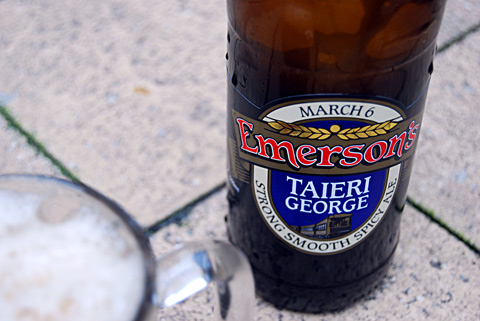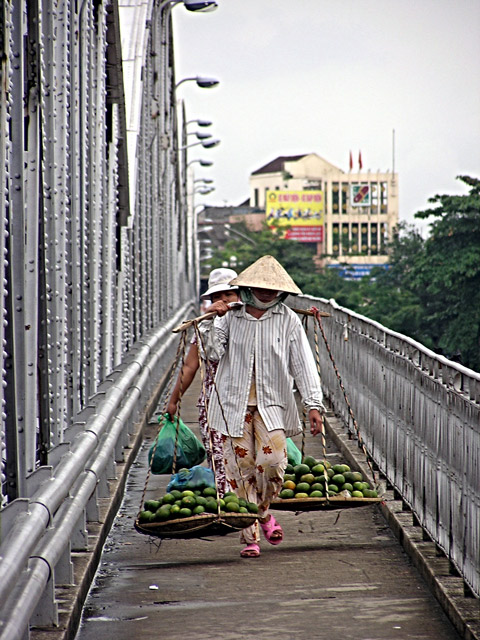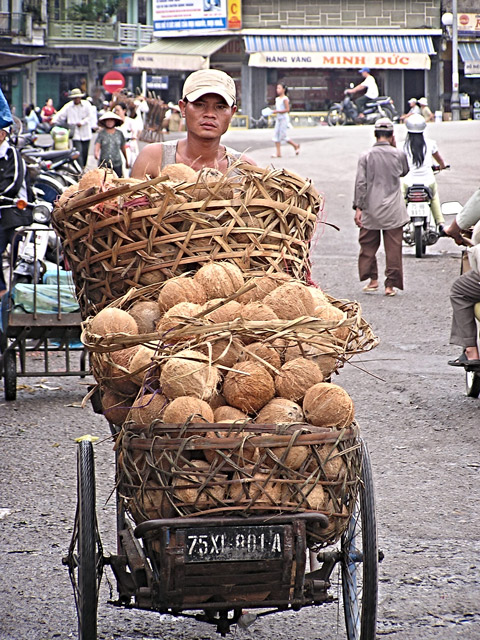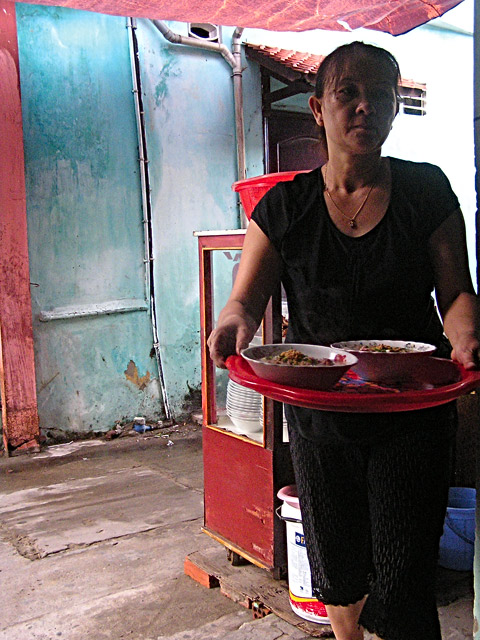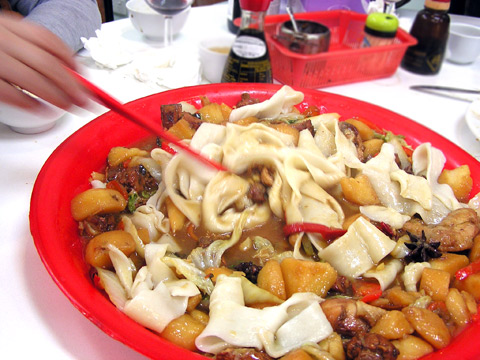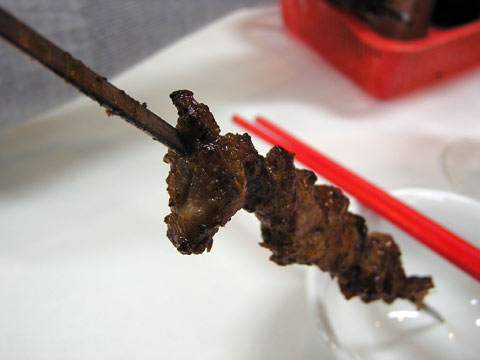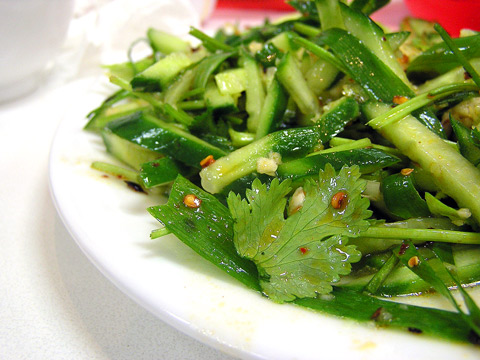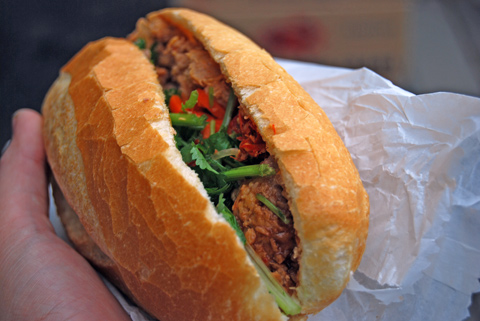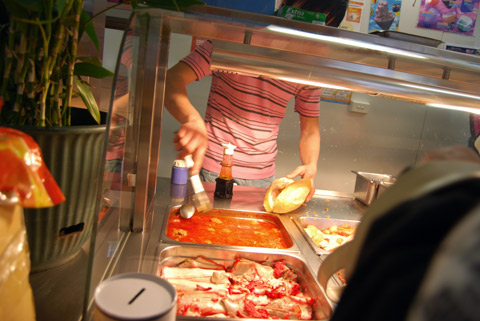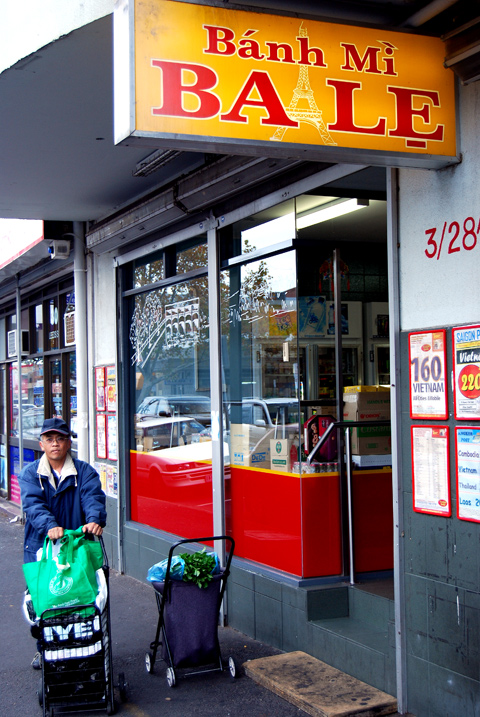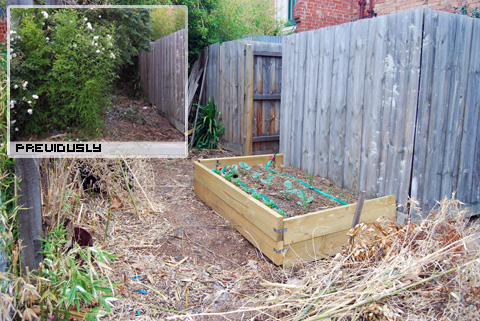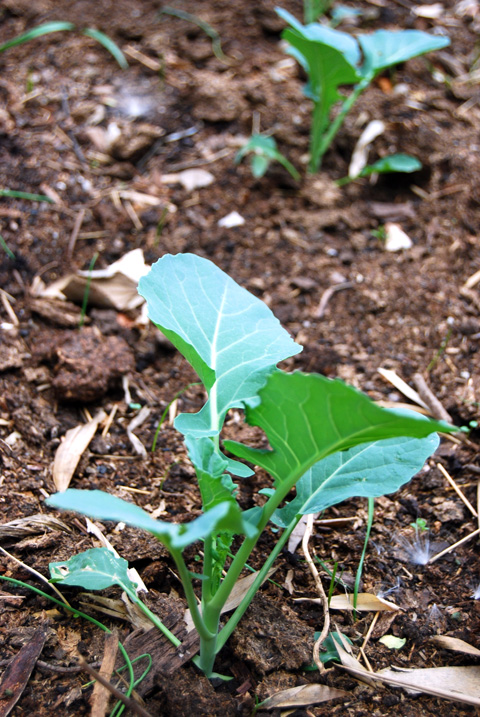Spiced beers generally fit alongside those other joke beers like chili beer or a perfectly-skunked Corona. In the official judging guidelines, they’re relegated to the category of “Spice, Herb, or Vegetable Beer” to languish amongst the beers that simply don’t work elsewhere. At best, they get passed off as a Belgian specialty ale, a beer with too many characters to characterise.
Most of the people who brew them are certifiably mad; the type of brewer who thinks that the one missing flavor from their porter is pumpkin. I like the hint of coriander and orange peel in a Hoegaarden but don’t really want a beer that boasts that its primary appeal is that it tastes unlike beer but more like garden.
Thus I approached Taieri George with caution. It comes from the brilliant brewers at Emerson’s as a spiced ale, brewed seasonally and released on March 6, the birthday of brewer Richard Emerson’s father, George. It’s also named after a train. A train in New Zealand.
Emerson’s says: “The beer pours a reddish brown hue and offers a delightful aroma of freshly baked hot cross buns with a hint of chocolate…the luscious malt and spice flavours are balanced with just enough hop dryness”
I say: It is much like liquified hot cross bun, pouring with a foamy, dirty brown head at the suggested 8 degrees C. I imagine this is how the Easter Bunny tastes if you put him through the Pacojet. The added cinnamon and the spiciness of the nutmeg aren’t at all cloying and balance with the malt, and the high alcohol content remains slyly hidden. This is a fantastic beer for Winter. This batch, bottle-conditioned since March, would probably hold up to more aging, developing into something even more complex for next season.
ABV: 6.8%
Price: A$10.99 per pint bottle
